Minimalism vs. Maximalism in Logo Design: Which One Should You Choose?
Logo design is one of the most critical elements in shaping a brand’s identity. It serves as the visual cornerstone of a brand, instantly communicating its values, style, and personality. But when it comes to creating a logo, a common question arises: Should you choose minimalism or maximalism? Each design approach offers distinct advantages and communicates a different brand narrative.
What Is Minimalist Logo Design?
Minimalist logo design is centered on clarity, simplicity, and function. It eliminates all unnecessary elements and focuses on clean lines, limited color palettes, and straightforward shapes. The idea is to convey the brand’s essence in the most direct and refined way possible.
Advantages of Minimalism
Easy Memorability
Minimalist logos are easy to remember because of their clean, uncluttered look. Iconic examples include Apple’s bitten apple or Nike’s swoosh—both are powerful yet extremely simple.
Versatility
Minimalist logos work seamlessly across various platforms and sizes. Whether it’s a business card or a billboard, the design retains its legibility and impact.
Modern Aesthetic
This style is in line with current design trends and offers a sleek, professional appearance. It’s especially popular among tech, fashion, and luxury brands.
Disadvantages of Minimalism
Limited Storytelling
Due to its pared-down nature, minimalist design may lack the visual depth needed to convey a brand’s complete story or values—especially for story-rich or heritage brands.
Restricted Creativity
When simplicity is taken too far, logos risk becoming generic or indistinguishable, making it harder for a brand to stand out in a competitive market.
Best Suited For
Minimalist logo design is ideal for brands that wish to present a modern, refined, and forward-thinking image. It’s particularly effective in industries like:
- Technology (e.g., Apple, Google)
- Fashion (e.g., Calvin Klein)
- Luxury (e.g., Chanel)
Related Article: Minimalist Logo Design

What Is Maximalist Logo Design?
Maximalist logo design takes the opposite approach, embracing complexity, detail, and visual richness. These logos are often colorful, decorative, and layered with meaning. They aim to tell a story and express a strong personality.
Advantages of Maximalism
Rich Storytelling
Maximalist logos provide ample room to reflect a brand’s history, mission, and values. For example, the intricate mermaid in the Starbucks logo speaks to the brand’s maritime heritage.
High Visual Impact
Detailed and bold designs naturally attract attention. Maximalist logos stand out, making them ideal for brands that want to make a strong first impression.
Creative Freedom
With fewer constraints, designers can explore unique compositions, typography, patterns, and symbolism.
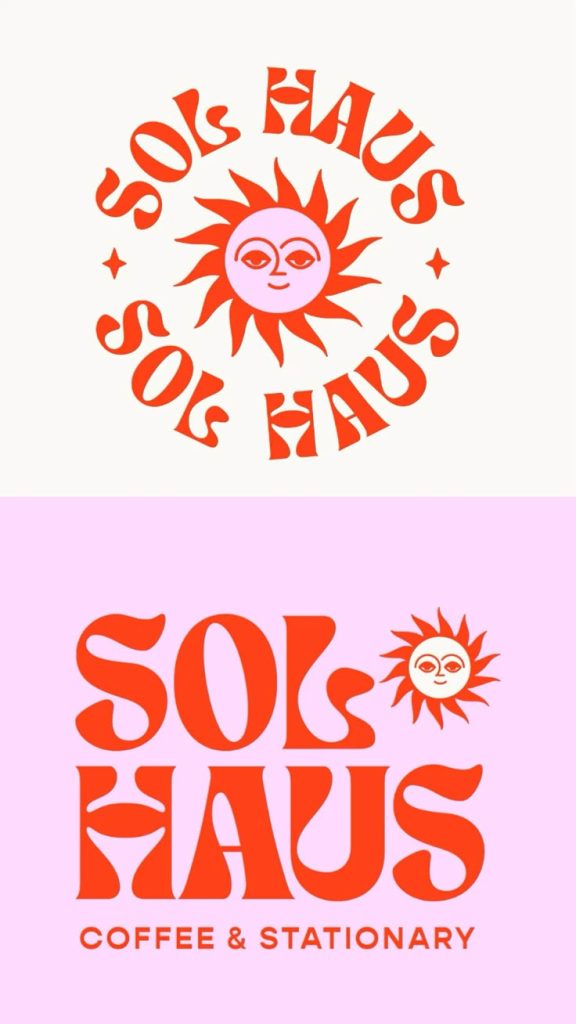
Disadvantages of Maximalism
Complexity
Highly detailed logos can become visually overwhelming or hard to interpret—especially at smaller sizes or when used in minimal interfaces like mobile apps.
Scalability Issues
Maximalist logos might lose clarity or readability when resized, which makes them harder to adapt across different platforms or materials.
Best Suited For
Maximalist logo design is well-suited for traditional, artistic, or story-driven brands that want to evoke emotion and depth. Examples include:
- Starbucks
- Harley-Davidson
- Guinness
Related Article: Maximalist Logo Design
Comparing Minimalism and Maximalism in Logo Design
While both styles offer valuable tools for branding, they cater to different needs and audiences.
Design Philosophy
- Minimalism: Follows the “less is more” mindset. It focuses on clarity, simplicity, and function.
- Maximalism: Embraces the “more is more” ideology, favoring rich detail and layered symbolism.
Ideal Use Cases
- Minimalism: For modern, upscale, and tech-oriented brands aiming for a clean image.
- Maximalism: For cultural, artistic, or heritage brands with deep storytelling goals.
Design Process
- Minimalism: Requires strategic reduction—choosing just a few elements to represent the entire brand.
- Maximalism: Involves more complex decision-making with colors, patterns, symbols, and layout.
Which Design Approach Is Right for Your Brand?
Choosing between minimalism and maximalism depends on your brand’s identity, target audience, and industry trends.
Brand Identity
- Minimalism: Ideal if your brand aims to appear sleek, modern, and professional.
- Maximalism: Best if you want to reflect tradition, personality, and rich storytelling.
Audience Expectations
- Minimalism: Appeals to younger, digitally-savvy audiences who value simplicity and efficiency.
- Maximalism: Resonates with audiences who appreciate craftsmanship, tradition, and uniqueness.
Industry Trends
- Minimalism: Dominates in tech, luxury, wellness, and fashion industries.
- Maximalism: Common in hospitality, arts, food, and cultural sectors.
Evolving and Flexible Logo Design
Regardless of the approach you choose, your logo should be able to evolve with your brand. A good logo design isn’t just beautiful—it’s adaptable, timeless, and scalable.
Minimalist Logos
Scalability & Adaptability
Minimalist logos can easily be resized, recolored, or refreshed to meet new branding needs without losing their core identity.
Timeless Appeal
Because of their simplicity, minimalist logos often age well and require fewer updates over time.
Maximalist Logos
Narrative Richness
These logos offer an ongoing opportunity to expand and reinterpret brand storytelling through design.
Layered Redesign Potential
Over time, you can introduce new layers of meaning or detail without losing the logo’s essence.
Growth-Oriented Design
Both minimalist and maximalist approaches can support long-term brand growth. What matters most is choosing a direction that aligns with your brand’s voice, values, and strategic goals.
Related Article:
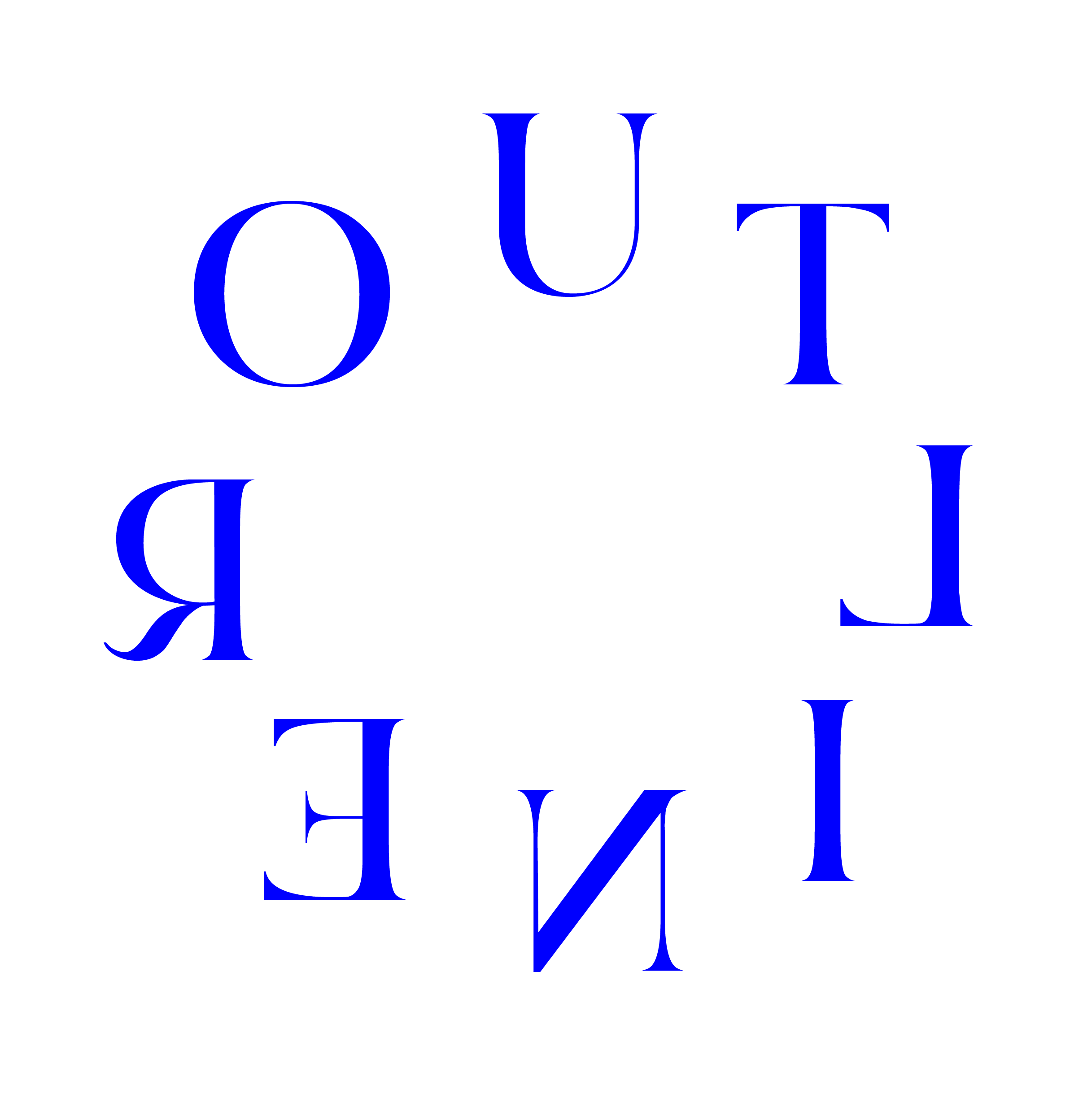

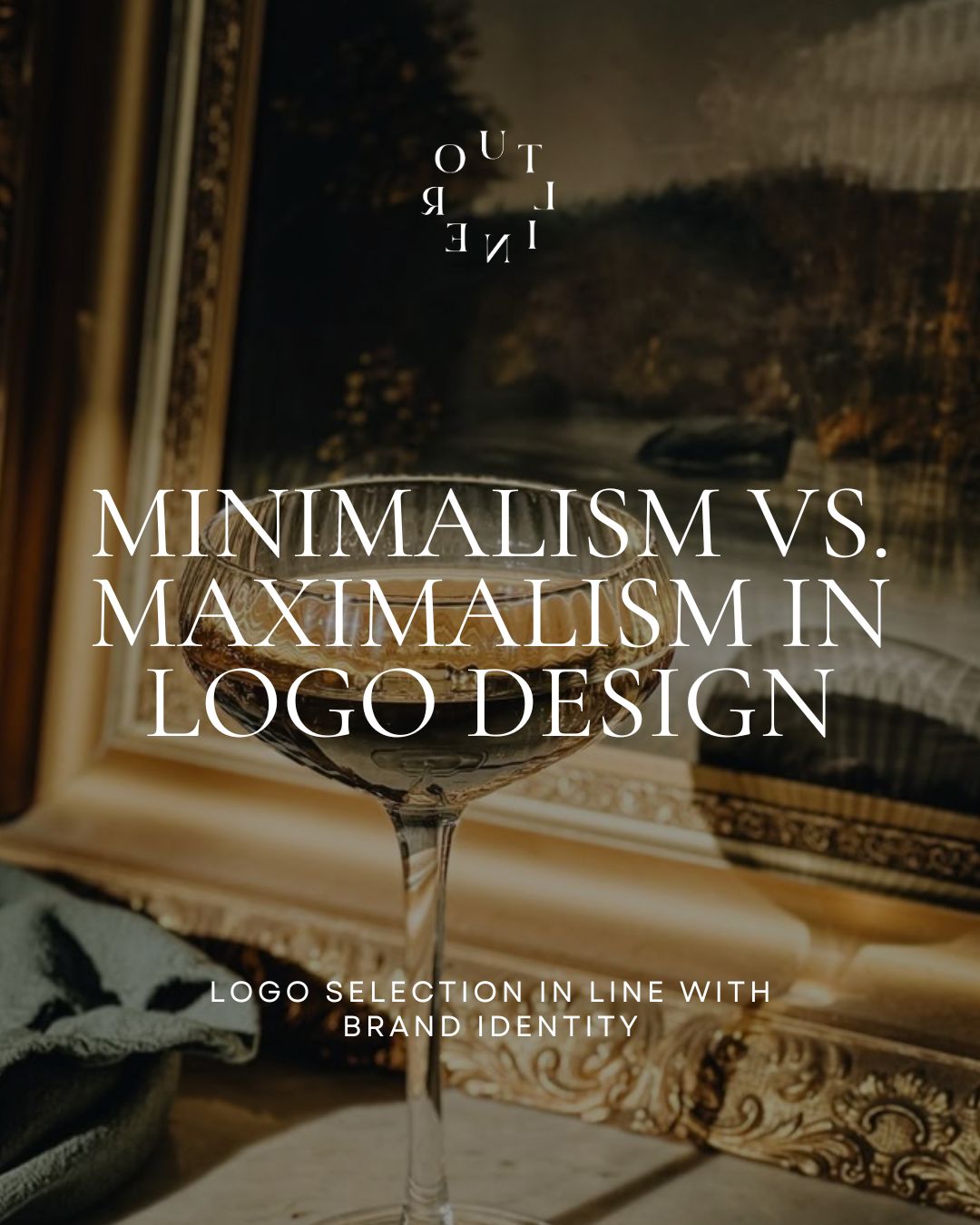

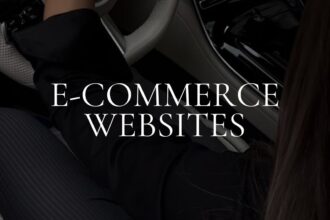
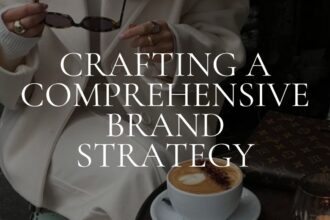
Leave a Reply